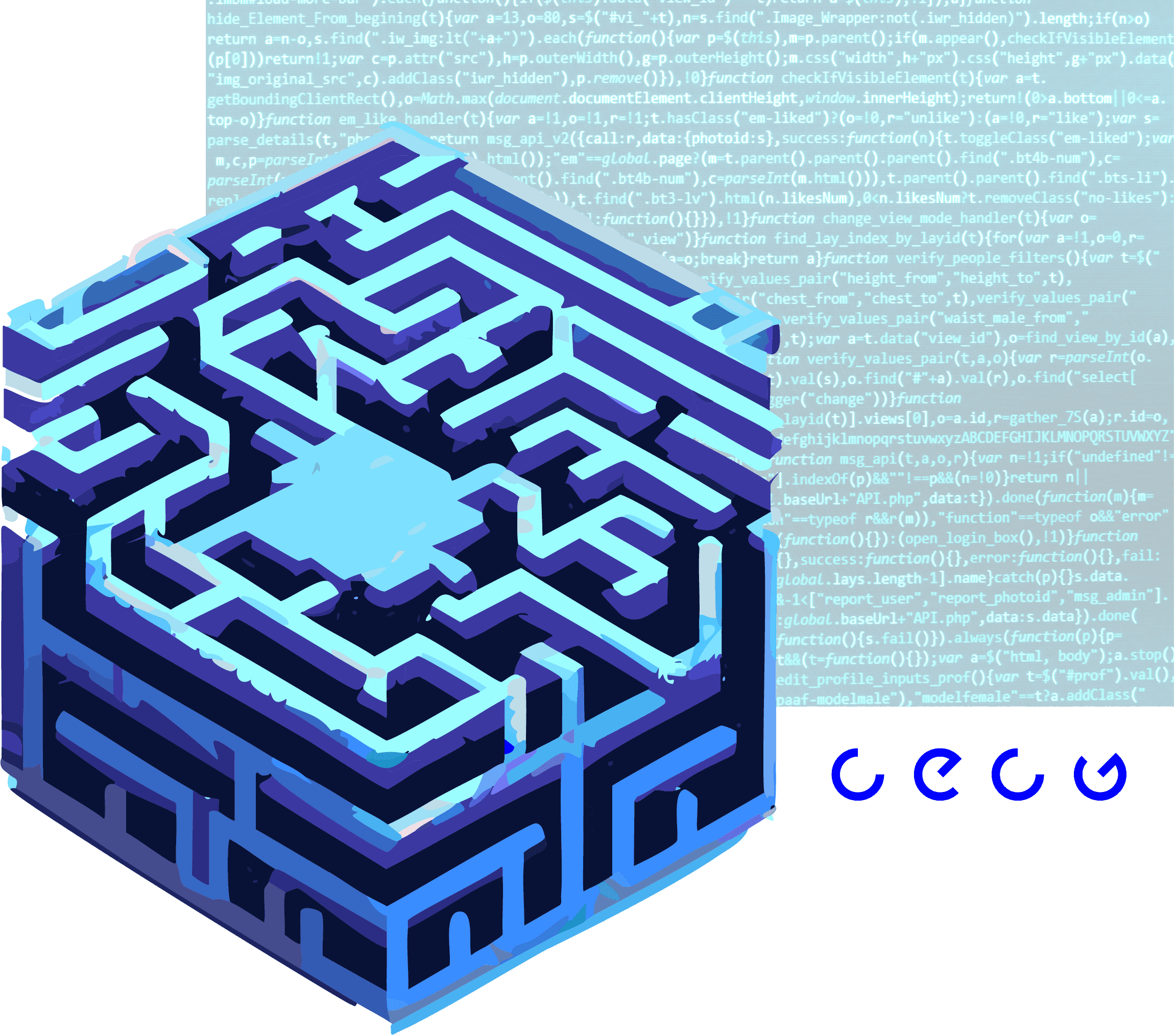Evaluating Large Scale Solutions for Multi Tenant Metrics System
A comprehensive evaluation of metrics solutions for multi-tenant Kubernetes platforms, comparing Prometheus + Thanos, Victoria Metrics, and Grafana Mimir to address scalability and resource efficiency challenges.

Complexity in Management
Resource Duplication
Difficulty in Aggregating Metrics
Scalability Concerns
Evaluation Criteria
-
Performance: How well does it handle monitoring and querying large volumes of metrics? What is the latency for data ingestion and retrieval?
-
Scalability: Can it handle growth in data and user base without significant refactoring?
-
Ease of Integration: How well does it integrate with our existing tech stack used by the tenants?
-
Multi Tenancy: How well does it support multi-tenancy? For example, data isolation or noisy neighbor prevention?
-
Cost: Is it cost-effective in the long run? What are the costs associated with maintenance and scaling?
-
Community Support: Does it have an active community and robust documentation?
Options Considered
1. Prometheus + Thanos
Pros
-
Familiarity and Broad Adoption: Prometheus is already widely used within the platform, and Thanos extends its capabilities for long-term storage and global querying. In fact some tenants were already using this setup and were familiar with the components.
-
Cost-effective Retention: Thanos provides a cost-effective solution for long-term storage by leveraging object storage backends like S3 or GCS.
-
Global Querying: Thanos enables querying across multiple Prometheus servers, allowing for a more centralized view of metrics.
Cons
-
Operational Overhead: Managing and orchestrating components required such as Prometheus servers, Thanos sidecars, a Thanos query layer, compactors, and receivers can be complicated, especially in a dynamic Kubernetes environment.
-
Lack of Scalability: While Thanos provides a scalable solution for long-term storage, it still relies on a single Prometheus server for querying, which can become a bottleneck as the number of tenants and metrics grow.
-
Resource Consumption: Running multiple Prometheus servers and Thanos components can lead to high resource consumption, especially in a multi-tenant environment.
Summary
2. Victoria Metrics (VM)
Pros
-
Scalable: Unlike Prometheus, which is single-node by default, VictoriaMetrics can run in a clustered mode, enabling horizontal scaling without needing additional components
-
Easy Setup: Runs as single binary, can ingest millions of samples per second, making it suitable for high-frequency metrics
-
Data Compression: Offers optimized storage with high compression ratios, resulting in lower disk space usage compared to many alternatives.
-
Multi Tenancy: It has built-in multi-tenancy support, allowing multiple teams or tenants to use the same instance while keeping data separate.
Cons
-
New Technology: VM is relatively new and does not have the same breadth of integrations or community knowledge base.
-
Premium multi-tenancy features: Certain multi-tenancy features such as VMAlert management and tenant rate limiting are only available in the Enterprise version
-
Stateful Components: VMStorage which is deployed as stateful set to Kubernetes, do not auto-scale - we would need to monitor and re-size ourselves when needed
-
Storage on Disks: VM retains metrics in HDD-based block storage which could rack up the costs (compared to object storage options)
Summary
3. Grafana Mimir
Pros
-
Scalable: It uses a microservices architecture, enabling horizontal scaling by adding more instances to each component (ingester, querier, store-gateway, etc.)
-
Highly Available: Mimir performs replication across 3 different availability zones providing data redundancy
-
Multi-Tenancy: Mimir is designed with multi-tenancy in mind, allowing it to scale well in multi-tenant environments where data needs to be isolated between different tenants.
-
High Availability and Data Redundancy: With redundancy built into its architecture, allowing data to be replicated across multiple instances Mimir seems very suitable for situations where data durability and uptime are paramount
-
Integration with Grafana: Grafana is already well adopted within the company as the de-facto visualization tool and Mimir integrates seamlessly with it.
Cons
-
Deployment Complexity: Mimir's architecture, while scalable, is inherently more complex compared to simpler single-binary solutions. It requires managing multiple microservices such as Ingesters, Queriers, Distributors etc
-
Resource Consumption: Due to its microservices-based design, Mimir can be resource-intensive, requiring more memory and CPU for its various components.
Why We Chose Grafana Mimir
-
Scalability: Its' capability to scale effortlessly (as showcased in this official blog post by Grafana)
-
Multi-tenancy: Mimir offers all the native multi-tenancy features that we require in their open source version, therefore saving costs by not having to pay for an Enterprise version.
How We Implemented Grafana Mimir
Conclusion
This article is provided as a general guide for general information purposes only. It does not constitute advice. CECG disclaims liability for actions taken based on the materials.
Continue Reading
Discover more insights from our blog collection

Learn how CECG helped a client achieve seamless cross-cloud deployments between AWS and GCP, enabling teams to deploy workloads with just one line of YAML while building automated infrastructure pipelines.

Learn how to implement a multi-tenant ingress for a GKE-based developer platform, enabling developers to expose services to the internet seamlessly. This post details a tried-and-tested architecture using Gateway API, Cert Manager, and Traefik to automate DNS, TLS, and load balancing.

Explore the challenges of seeking support in big tech companies and the strategies to enhance the support experience. This post delves into the core issues faced by support teams and users of Internal Development Platforms (IDPs), highlighting solutions like comprehensive training, proactive support, and community-driven innovations.